Class40 drag race to Brazil
Published on November 20th, 2017
(November 20, 2017; Day 15) – The focus for the 13th edition of the Transat Jacques Vabre is now solely on the Class40 with the podium full for the Ultimate, Multi50, and IMOCA classes. The top three Class40s are within 10 nm of each other, and with less than 600 nm to go, their arrival is anticipated early on November 23.
Early leader, the Anglo-Spanish duo of Phil Sharp and Pablo Santurde, have slipped back to third place. The brutal reality is that their boat, Imerys Clean Energy, is a generation older than those of their two French rivals who have sailed past them in the same wind.
After Imerys Clean Energy had garnered a hard-earned 20-mile lead in the Doldrums, they have since watched that evaporate yesterday as they crossed the Equator to the point today where they now trail Aïna Enfance and Avenir and then V and B. This is not about tactics, just pure boat speed in reaching conditions in the south-east trade wind. At 16:00 UTC Sharp was in third, 8.4 miles behind the leader, with the margin growing.
The three boats are all Manuard design, but the two French boats are version 3 of the Mach 40 design and Sharp’s is version 2. It has pedigree – it won the 2013 Transat Jacques Vabre, and though it fell into disrepair, Sharp has returned it to its former glory. But Aïna Enfance and Avenir was launched this year is built specifically to be faster in these conditions.
“According to Sam (Manuard, the designer) the new generation boats are clearly faster over 15kts of wind and True Wind Angle (TWA) between 80 and 120 degrees,” admitted Sharp’s team. “This advantage is evident: Aïna has managed to do 22nm more than Imerys Clean Energy since the exit from Doldrums – on average sailing 5% faster. Phil and Pablo will be working at a ridiculous pace to keep the boat at top speeds – in fact, they are sailing at over 103% of their target speeds, which is impressive, especially at this stage of the race, but this is simply not enough. Sam did a perfect job in designing the latest generation.”
Sharp and Santurde’s best hope lies in the hope of more favourable conditions overnight and tomorrow. They have about 100 miles of these reaching conditions before more downwind and lighter breezes on the coast of Brazil.
Race details – Entry list – Tracker – Facebook
13th edition of the Transat Jacques Vabre
• Biennial doublehanded race now 24 years old
• Two founding partners: the city of Le Havre and brand Jacques Vabre
• Four classes on the starting line: Class40, IMOCA, Multi50, and Ultimate
• Starting November 5 in Le Havre (FRA) for the 4350nm course to Salvador de Bahia (BRA)
n 2013, and again in 2015, all the boats flew past Salvador de Bahia, sails filled by the trade winds of the south-east, under the tropical sun…One imagines that they dreamt of finally finishing their race in All Saints’ Bay. In 2017, it will be a reality!
After the start line and a coastal route as far as Etretat, the duos will head towards Brittany to get out of the Channel as quickly as possible, where the currents are powerful, cargo traffic dangerous, and a lot of attention is needed.
They will then enter the Bay of Biscay, where, depending on the position of the Azores anticyclone, they will either find downwind conditions, easy and fast, like for the last Vendée Globe, or tougher and slower conditions in the passage of some late autumn depressions.
Four hundred miles later, having passed Cape Finisterre, the northern Portuguese trade winds should propel them quickly towards Madeira, and then the Canary Islands, where awaiting them will be northeast trade winds, which could be strong or weak.
Passing close to the Portuguese coast, or offshore, to the east or west of the Canary Islands and then the Cape Verde islands – you have to choose the right options. The next goal is to establish your position for the crossing of the dreaded Doldrums, located a few degrees north of the equator. At this time of year, it can change position very quickly, extend or contract, because even after carefully studying of the satellite images, sudden squalls can develop and stall the competitors under a good shower without wind for hours.
This passage is crucial in the Transat Jacques Vabre racecourse. Further west… Further east… After the calms, rainy squalls, with too much or no wind… The final goal is to get out well-positioned enough to benefit first from the southeast trade winds and to cover the remaining 850 miles towards the finish,passing along the islands of Fernando de Noronha, along the coast of Brazil and finally heading northwest into the magnificent All Saints’ Bay.
This transoceanic racecourse from North to South is more demanding than a transat from East to West; it requires the skippers to have sharp tactical and strategic qualities, good weather training, to be in excellent physical condition to maintain a sustained speed in the trade winds… And to have a lot of patience to cross the equator.
Source: Transat Jacques Vabre


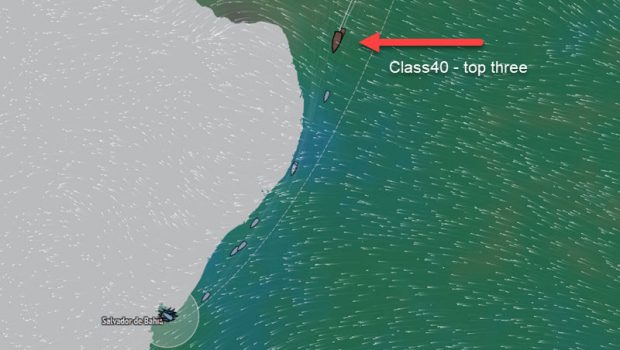

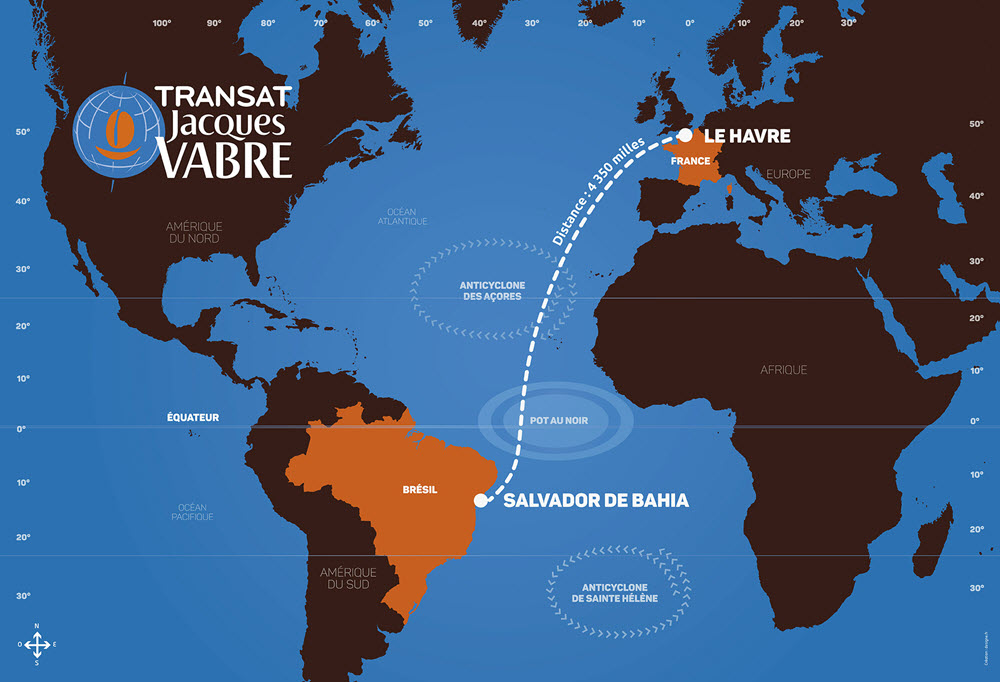

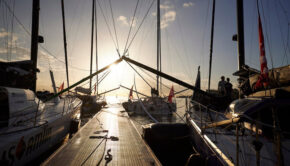
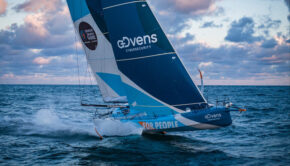
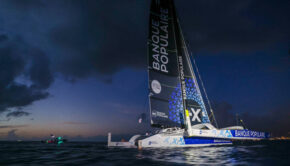
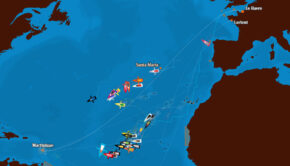
 We’ll keep your information safe.
We’ll keep your information safe.